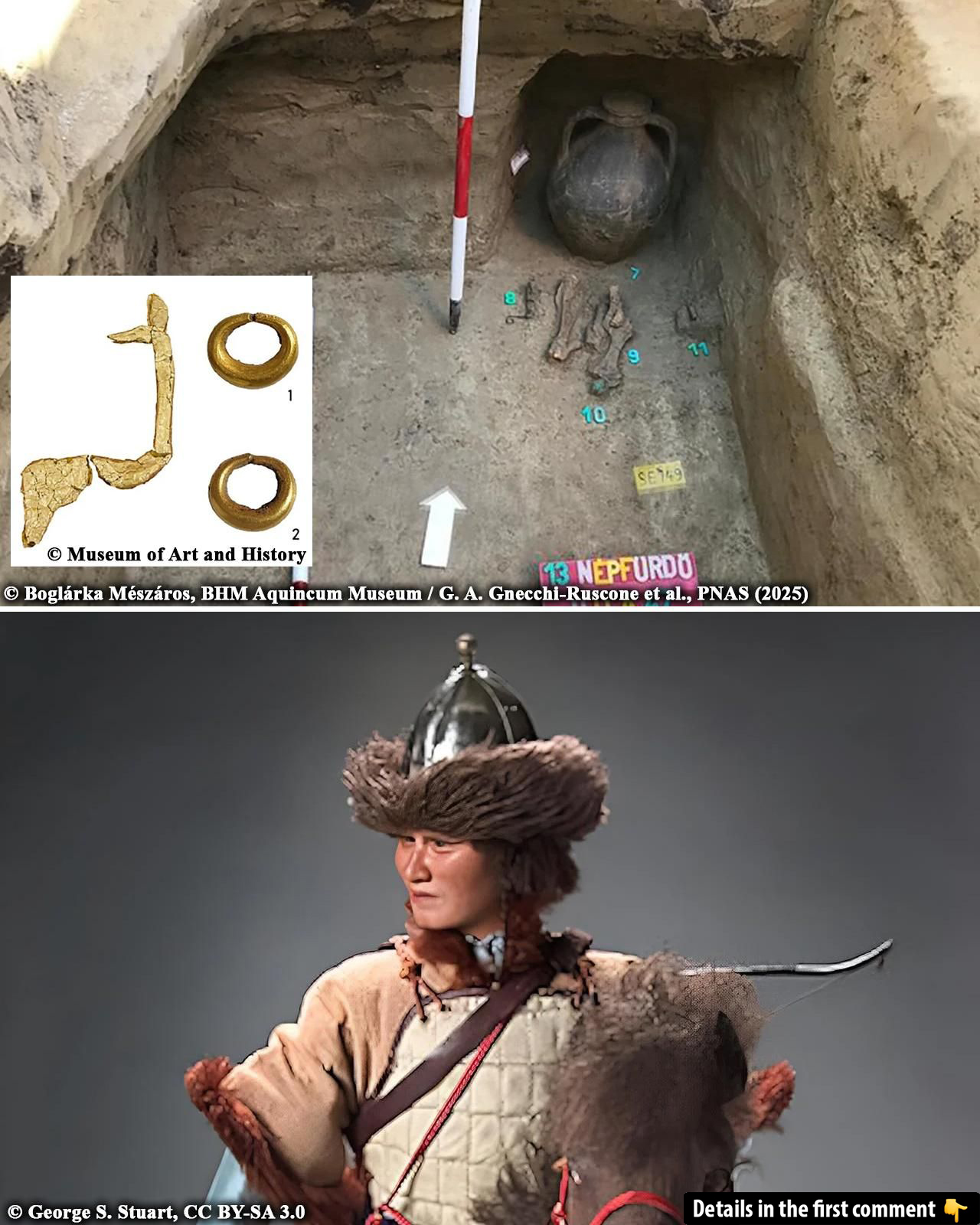The Huns, a fearsome nomadic empire that swept across Europe in the fourth century, have long fascinated historians and archaeologists. While their impact on the fall of the Roman Empire is undeniable, the mystery of their origins has remained a subject of intense debate. Recent genetic research has finally shed light on their complex ancestry, revealing a surprising mix of diverse lineages and offering new insights into the Huns’ true origins. This groundbreaking study challenges our understanding of these enigmatic warriors and their cultural roots.
The Study: Genetic Analysis of 370 Ancient Skeletons
The recent research, part of the HistoGenes project, brought together an international team of geneticists, archaeologists, and historians to unravel the complex genetic legacy of the Huns. The study, which examined the genomes of 370 ancient skeletons dating from the second century BCE to the sixth century CE, has provided a much-needed perspective on the origins and diversity of the Huns.
The project, funded by the European Research Council, aimed to explore potential genetic links between the Huns and earlier nomadic groups like the Xiongnu. The team focused on burial sites across the Mongolian steppe, Central Asia, and the Carpathian Basin, including present-day Hungary, where some of the most significant Hun-period burials have been discovered.
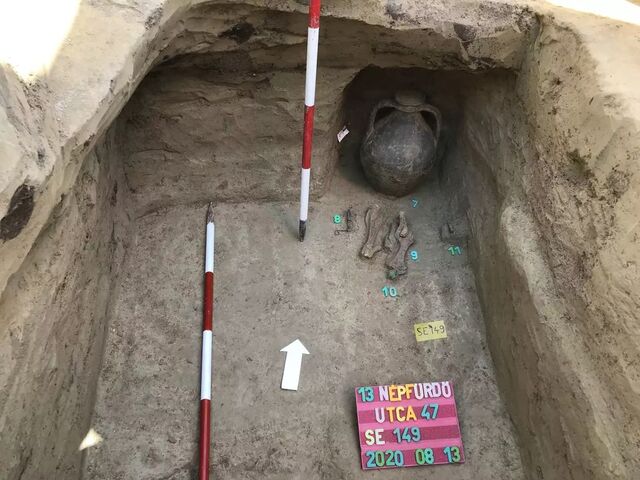
Video
Watch the video revealing the mysterious origins of the Huns who sacked Rome, uncovered through ancient DNA!
Discovering the Genetic Diversity of the Huns
The results of the genetic analysis were revelatory. Contrary to previous assumptions that the Huns were a unified, homogenous group with origins in the Mongolian steppe, the study found that they were a genetically diverse people. The researchers discovered that the Huns were not a single migrating group but rather a mixture of different populations.
This genetic patchwork suggests that the Huns did not form from one monolithic culture but were instead a collection of diverse groups that came together over time. While some Huns had genetic ties to East Asia, many others were genetically related to European populations, showcasing the broad range of peoples who came under the Hun banner. This new understanding challenges previous assumptions and paints a more complex picture of the Huns’ origins.
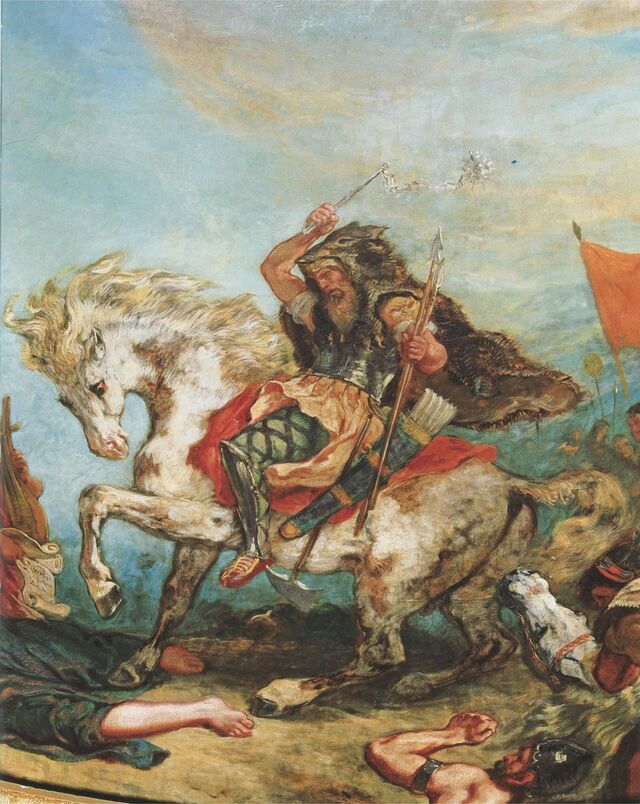
The Connection to the Xiongnu Empire
One of the most intriguing aspects of the study was the discovery of direct genetic links between certain individuals in the Hun burials and high-ranking members of the Xiongnu Empire. While the genetic ties were not widespread, they were significant. Some of the Huns buried in Eastern-type graves—a style typically associated with nomadic groups—shared genetic markers with elite members of the Xiongnu.
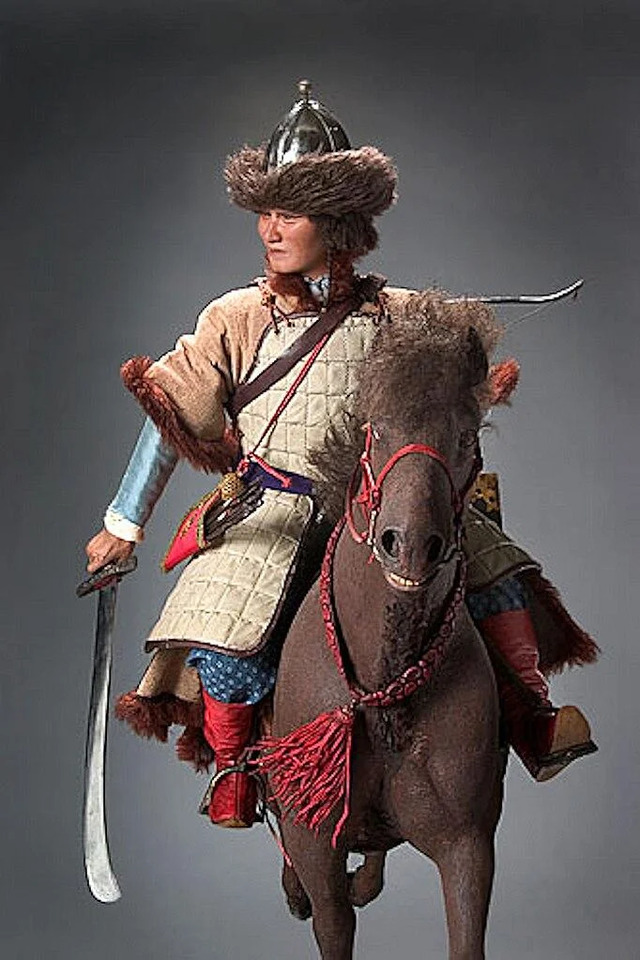
These findings suggest that, while the majority of the Huns were a product of genetic mixing, some of their leaders could trace their ancestry directly to the Xiongnu. This connection is particularly fascinating as it provides a glimpse into the possibility that the Huns were, in part, the descendants of Xiongnu elites who dispersed after the collapse of their empire around 100 CE. The discovery of these connections challenges long-standing assumptions and raises new questions about the relationship between these two powerful groups.
The Role of “Eastern-type” Graves in Identifying Elite Connections

The burial practices of the Huns provide further evidence of their complex society. Several Hun-period burials, particularly those in Eastern-type graves, were found to contain elite individuals who had close genetic ties to the Xiongnu. These graves often contained valuable artifacts, such as gold earrings and horse-related items, which were symbolic of the high status of the buried individuals.
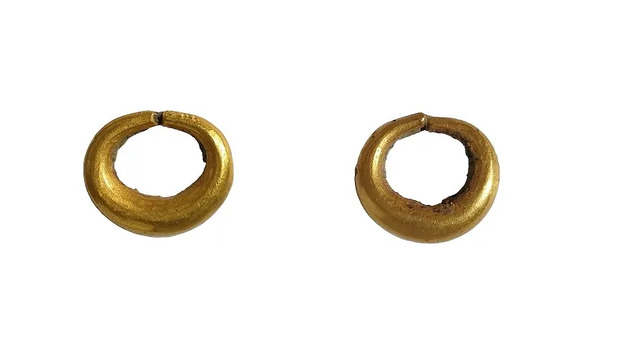
The presence of such goods alongside individuals with East Asian genetic markers supports the idea that some Hun elites were descended from Xiongnu royalty. However, this was not the case for all Huns. Most of the individuals buried in the Carpathian Basin carried a mix of local and steppe-derived genetic markers, suggesting that, while some Huns maintained connections to the Xiongnu, the majority were a product of various cultures and peoples along their migratory route.
Cultural and Genetic Influences Along the Migration Path
As the Huns moved westward across the Eurasian steppe and into Europe, they encountered and integrated with numerous other peoples. This constant interaction and merging of cultures contributed to the genetic and cultural diversity of the Huns. The Huns did not simply march across the land as a single group; instead, they absorbed elements from the various groups they encountered.
This cultural blending was not just a matter of genetic assimilation but also of social and cultural practices. The Huns adopted certain aspects of the cultures they came into contact with, including burial traditions, clothing styles, and weaponry. Over time, the Huns became a truly cosmopolitan group, shaped by a myriad of influences from across the vast expanse of Eurasia.
The Impact of the Xiongnu’s Collapse and Its Effect on Hun Formation
The collapse of the Xiongnu Empire in the first century CE played a critical role in the formation of the Huns. As the Xiongnu disintegrated, many of its elites were displaced, some migrating westward into Europe, where they merged with other nomadic groups. These elites likely carried with them not only their genetic heritage but also the cultural and political practices of the Xiongnu.
The genetic evidence suggests that these elites formed part of the leadership of the Huns, providing them with the organizational structure and military expertise that allowed the Huns to become such a formidable force in Europe. This process of displacement and integration contributed to the creation of a new, hybridized nomadic society that would go on to reshape European history.
Rituals and Social Practices of the Huns: A Complex Society
The Huns’ complex social structure is also reflected in their burial practices. While some Huns were buried in elaborate graves with rich artifacts, others were interred in simpler graves. The differences in burial practices suggest that the Huns had a hierarchical society, with elites occupying the highest social positions.

Additionally, the practice of skull modification, which was common among the Xiongnu, continued among the Huns. This suggests a continuity of cultural practices between the Xiongnu and the Huns, reinforcing the idea that some Huns were indeed descended from Xiongnu elites. These social practices and the evidence of elite burials point to a society that was not only militarily powerful but also culturally sophisticated.
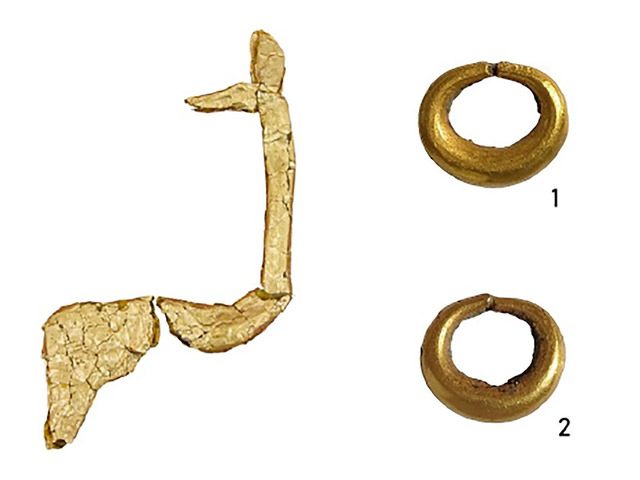
The Genetic Legacy of the Huns in Modern Populations
Although the Huns’ genetic footprint in Europe was limited primarily to their elite burials, their cultural influence has had a lasting impact. The Huns played a crucial role in the decline of the Roman Empire and the shaping of early medieval Europe. Their invasions forced the Roman Empire to retreat, and their presence in Europe contributed to the migrations and upheavals that led to the formation of new kingdoms and empires. Today, the legacy of the Huns is still felt in the cultural memory of the peoples they affected. Genetic evidence of the Huns’ diverse ancestry can still be seen in modern populations across Europe and Asia, serving as a testament to their complex and multifaceted history.
Conclusion: A More Complex Understanding of the Huns’ Origins
The findings of this groundbreaking genetic study offer a much more nuanced understanding of the Huns and their origins. Rather than being a single, monolithic group, the Huns were a diverse collection of peoples from across Eurasia who came together over time to form one of history’s most powerful nomadic empires. The genetic connections to the Xiongnu elite highlight the complex interplay of cultures and peoples that shaped the Huns, while the broader genetic diversity of the group reflects their ability to adapt and assimilate the many cultures they encountered. This research not only provides new insights into the origins of the Huns but also reshapes our understanding of the nomadic peoples who shaped the history of Europe and Asia.
Video
Watch the video Ancient DNA Reveals the Truth About Vikings on BBC REEL to uncover fascinating insights into Viking origins!
